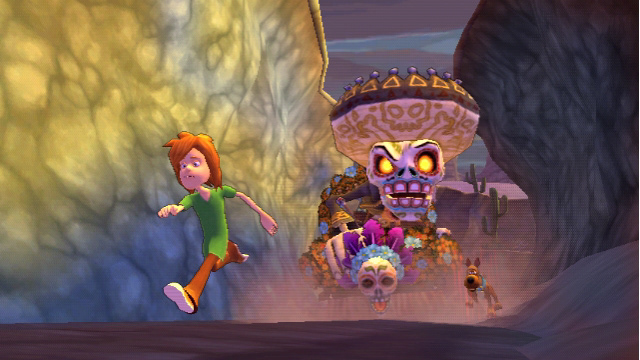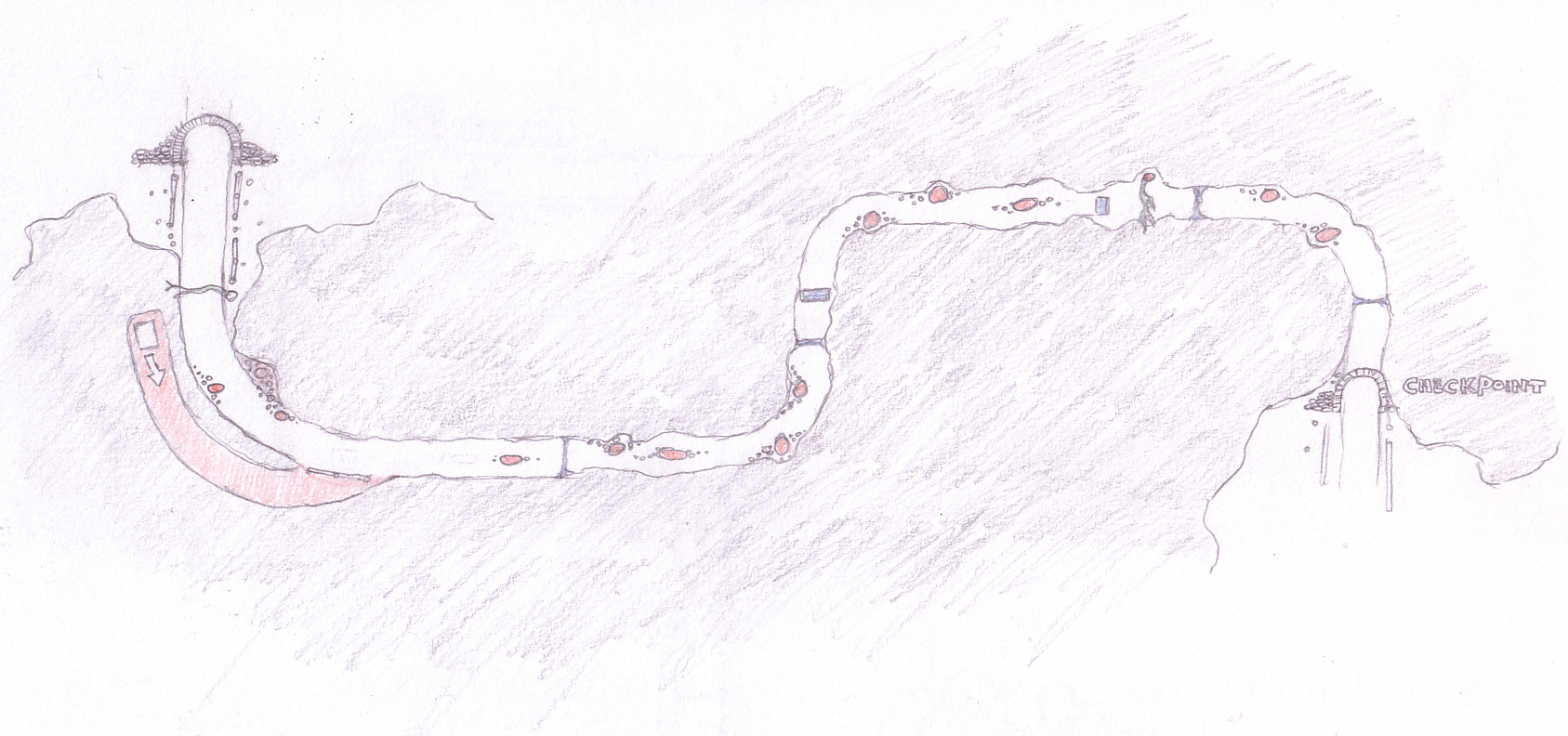PROJECT SUMMARY
Scooby-Doo! and the Spooky Swamp, an action adventure platforming game developed by Torus Games for Wii, PS2, and Nintendo DS, and published by Warner Bros. Interactive Entertainment.
My contributions on this project included:
•Pre-production and storyboarding
•Level design and building
•Puzzles systems
•Wayfinding systems for hub based levels
•Chase sequences
•Boss battles
•Focus testing
•Scripting
•Debugging on devkits
•Mentoring



PROJECT DETAILS
This was the second game Torus worked on with Warner Bros. as part of the Scooby-Doo franchise following the success of Scooby-Doo! First Frights. We were tasked with capturing the fun, adventure and mystery of the brand, building game focused upon collecting clues, solving puzzles, and a few scares and spectres here and there. These games were intended to appeal to young audiences familiar with the Lego franchise of games.
PRE-PRODUCTION
As part of the pre-production team for this project, I worked with design leads, other designers, and a writer, storyboarding and tying narrative design to level designs, blocking out game flow, and drafting rough designs for levels and key puzzles.

MAKING SCOOBY-DOO! AND THE SPOOKY SWAMP
Production then moved into whiteboxing. I worked with artists to create compelling environments and wayfinding systems to help guide the player around the virtual world and solve puzzles. As a team we were inspired by theme parks, and worked to create environments that could change over time as the narrative progressed. Anchoring landmarks were incredibly important on guiding the players around the environments.
Day-to-day responsibilities involved bug fixing, debugging on developer kits, herding cats, making sure camera systems did not explode, communicating with the marketing team of Warner Bros. and providing documentation for review, producing marketing material, and mentoring a junior level designer, and generally building and looking after levels, scripts, and puzzle systems.


BOSS BATTLES
I was also tasked with designing boss battles for each environment. Boss battles were the finale of each chapter or area the player visited, and would characterise core game mechanics learnt. For these I was assigned my own small teams of programmers, artists and animators.








CHASE SEQUENCES
Continuing the successful chase sequence approach I developed for Scooby Doo! First Frights, for Scooby Doo! and the Spooky Swamp I was tasked with designing and building all of the chase sequences for each area. These generally occurred at a critical point in the narrative. For these I was assigned and artist and an animator, working together to create roller coaster chase scenes full of twists and turns.





FOCUS TESTING
I worked with focus test groups that were conducted on both First Frights and the Spooky Swamp. Focus tests were conducted with the target age group to evaluate the effectiveness of wayfinding systems, ease of puzzle completion, identify problem areas or areas where balancing or difficulty was uneven, and to ensure fun was achieved.

